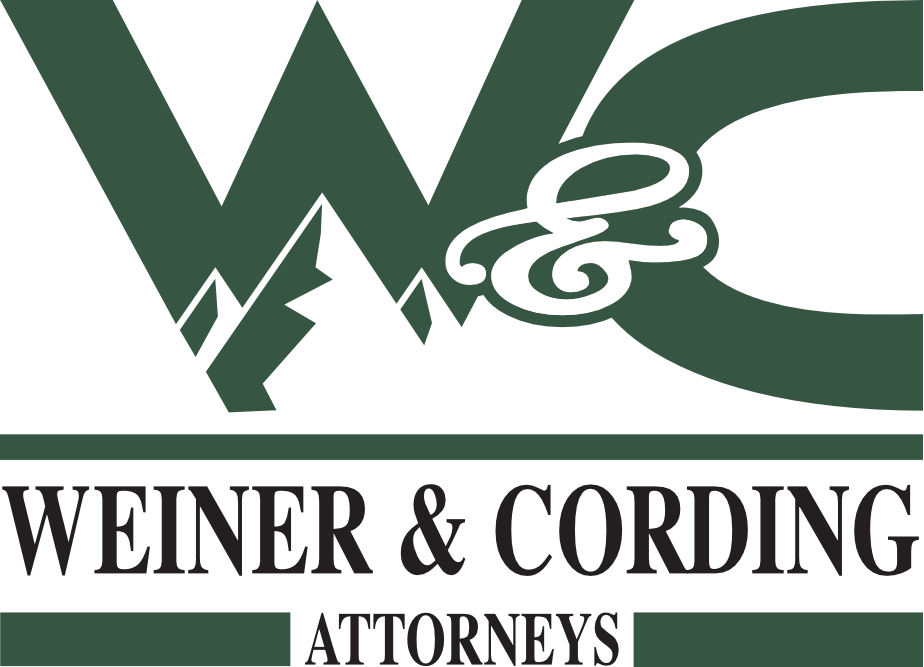In The Very Basics of Trade Secret, Part 1, I talked about trade secrets and how they compare to other types of IP. In this post, I provide some suggestions for protecting your trade secrets:
Identify your trade secrets and mark them “CONFIDENTIAL.”
Don’t expect personnel and third parties to know something is confidential without telling them. There should be no ambiguity. Go through your files and physically mark documents as confidential. This applies to both hard copy and electronic files.
Limit access to your trade secrets.
Trade secrets should be on a “need to know basis,” and only key personnel need to have access to them. Do not store trade secrets with regular, non-confidential information. Create separate, secure locations for trade secrets. For hard copies, this may be a safe or other locked location. Electronic files should be password protected.
Use nondisclosure agreements.
No one should see your trade secrets without a signed confidentiality and nondisclosure agreement. This applies to employees and contractors, suppliers and vendors, investors, etc…. In some situations, both parties to a transaction may need to disclose confidential information. When both parties are disclosing information, you can utilize a reciprocal nondisclosure agreement. If you have questions about nondisclosure agreements, speak to an attorney.
Create (and follow) trade secret protocols.
You need to make reasonable efforts to protect your trade secrets. “Reasonable efforts” means different things for different types of businesses and different types of trade secrets. You are not required to go to extremes (e.g., you probably don’t need guard dogs and an electric fence). When creating protocols for your small business, think about possible threats and how you can reasonably prevent them. Keep the following guidelines in mind:
- All personnel should follow the same trade secret protocols. In other words, business owners and managers don’t get special treatment!
- One of the most important aspects of trade secret control is keeping track of your trade secrets. Consider requiring sign-in/sign-out for trade secret files. Personnel should not be permitted to make unnecessary copies of files or bring files home.
- Trade secret protocols need to include at least basic electronic security measures, and quite frankly, you should be doing these things anyway: protect your electronic passwords and change passwords on a regular basis; work with an IT professional to maintain secure servers, electronic storage, and internet connections; be wary of travelling devices, such as laptops and cellphones (electronic security in the office means nothing if an employee’s cellphone gets hacked or stolen).
The law is always changing. We cannot guarantee that the information provided herein is current and accurate. Every situation is different. Do not refrain from seeking legal advice from a lawyer because of anything contained in this blog. Consult an attorney for individual legal advice regarding your own situation.
